Learn more about GGBA’s upcoming Bird Art and Holiday Sale!
By Daryl Goldman
There were many challenges this past spring, but while sheltering in place, I found some unexpected joy: the silencing of the traffic allowed me, despite a hearing deficit, to awaken to an overwhelming dawn chorus outside my urban window.
Another joy: my work on the GGBA Bird Art Auction we held in May. It was so much fun to search for and discover artists who love birds and incorporate birds into their art! I loved talking to the artists, and learning about them, and the challenges the pandemic has posed for them. Working as part of a team with the other auction volunteers, and our members’ enthusiasm for the art was so gratifying. We raised over $20,000 through the auction to benefit Golden Gate Bird Alliance and the 22 artists who shared their work with us.
This fall, GGBA would like to once again combine fundraising for all Eco-Education and habitat restoration programs with shopping for beautiful bird-themed art. You can do your holiday shopping from the comfort and safety of your home, and support GGBA and these wonderful artists at the same time. As with our online auction, we will split the proceeds 50/50 between artists and GGBA.
This Holiday Art and Gift Sale will be a fixed-price online sale with multiples of most of the items; that way more people can shop and find gifts to give for the winter holidays and not worry about competing against others in an auction.
I have to admit I felt a little bit of a let-down after the auction ended. It was a rush to monitor the auction and watch our members bid so generously. Once I started the search for new artists for this fixed-price online sale, I felt a sense of purpose and excitement return.
We will have 11 new artists and 6 returning artists, and a much wider range of art mediums. Here’s an overview of some items for sale: giclee art prints; ceramic bowls, vases, canisters, and cups; decorative art tiles; hand sewn messenger bags; tote bags; potholders, tea towels, scarves and pillows; bird-friendly single source chocolate; prints on wood blocks; wallets, pins, coasters, and magnets; bird sculptures; needled felted bird figures and ornaments; toddler’s clothing; and cards and calendars! Each item will all have a bird on it.
Below are some of the beautiful pieces available for this sale.
 Laura Zindel of Vermont: “Wren Mug”
Laura Zindel of Vermont: “Wren Mug”

 John Beasley of Medicine Bluff Studio: “Flying Barn Owl”
John Beasley of Medicine Bluff Studio: “Flying Barn Owl”
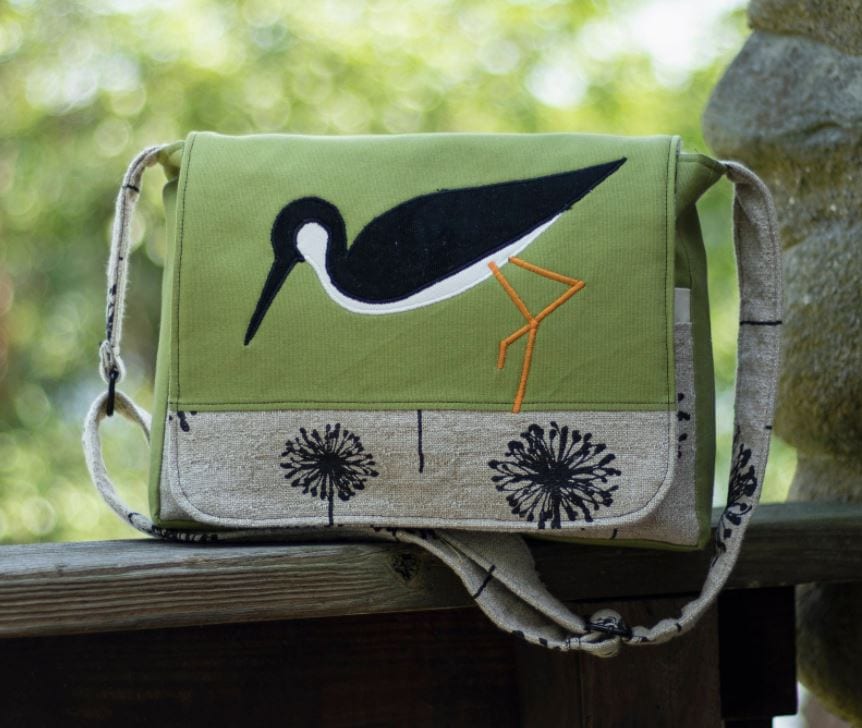 Casey Riley of Laterzees: “Black-necked Stilt Bag”
Casey Riley of Laterzees: “Black-necked Stilt Bag”

 Sylvia Gonzalez from Petaluma: “Silver Barn Owl”
Sylvia Gonzalez from Petaluma: “Silver Barn Owl”
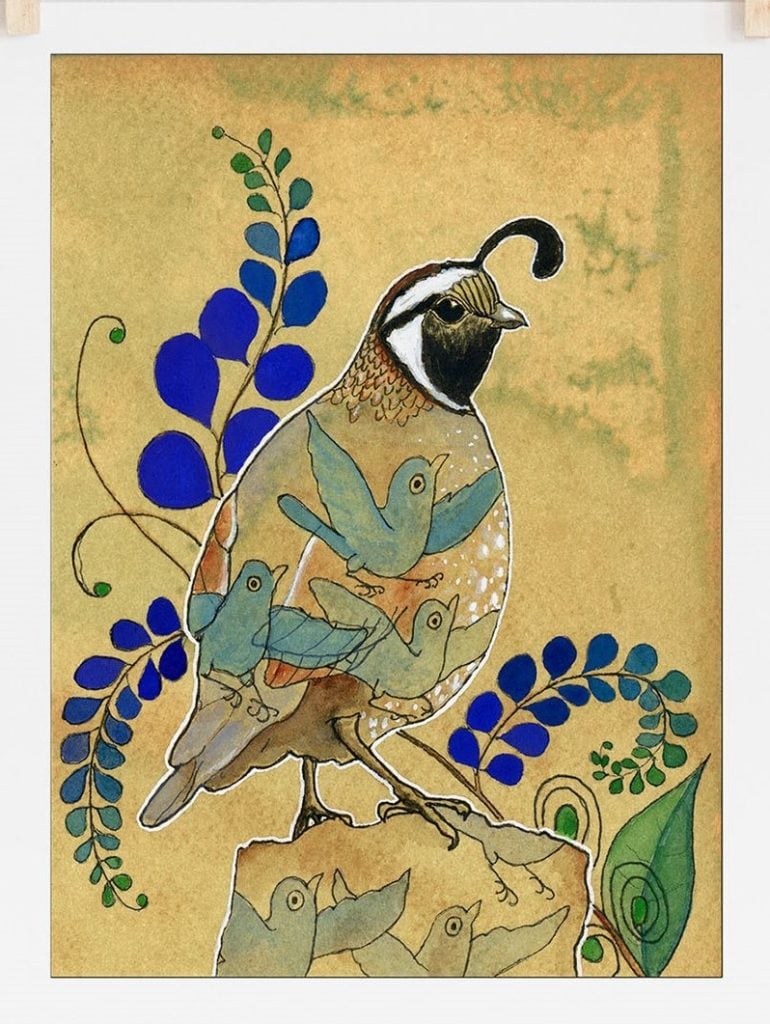 Amy Rose Moore: “California Quail”
Amy Rose Moore: “California Quail”
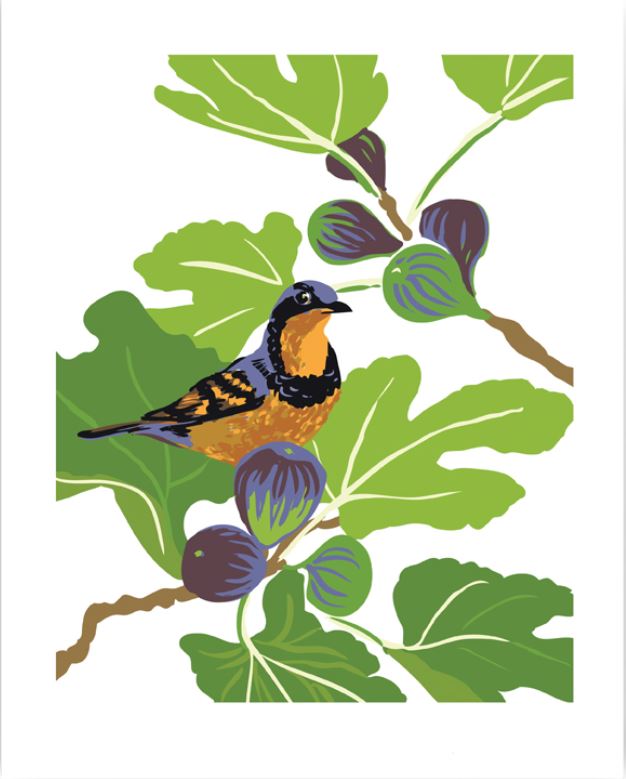 Rigel Stuhmiller: “Varied Thrush”
Rigel Stuhmiller: “Varied Thrush”
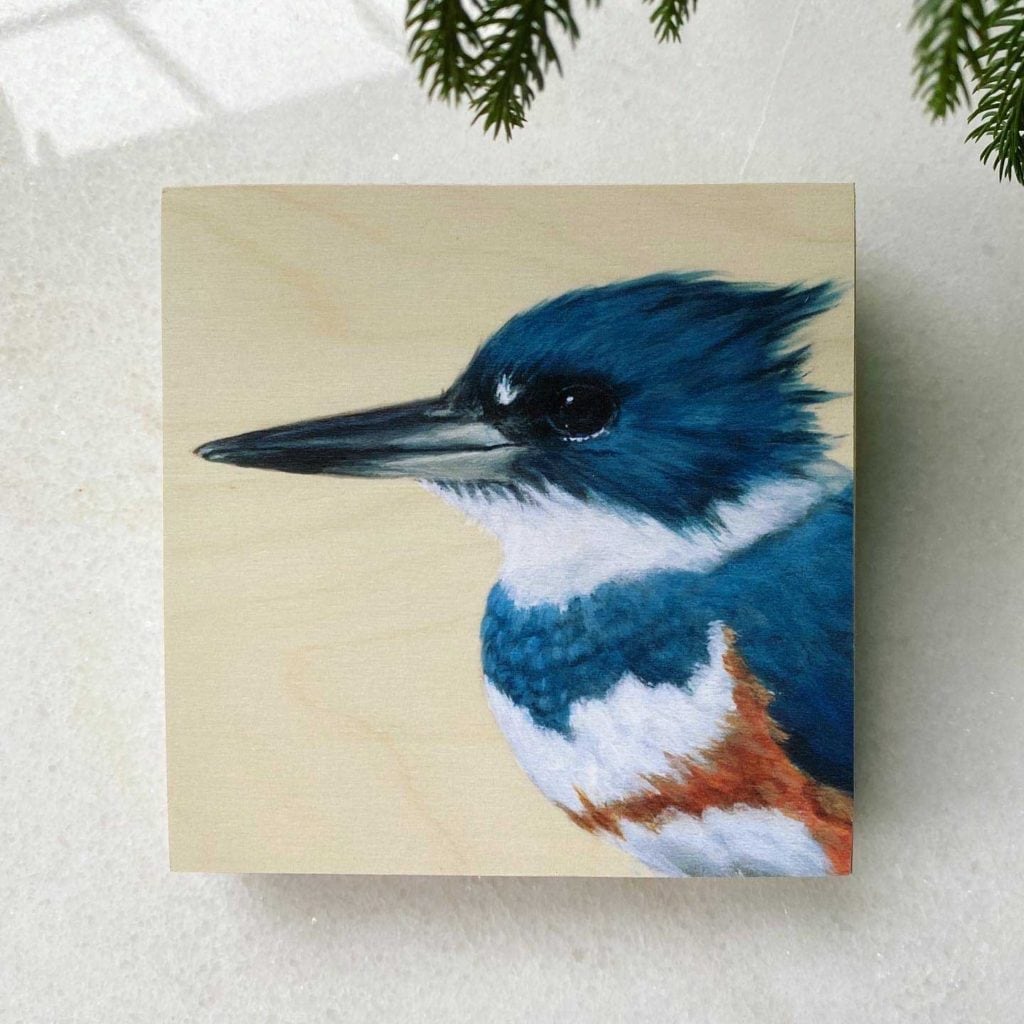 Maggie Hurley: “Belted Kingfisher”
Maggie Hurley: “Belted Kingfisher”
My job, for the past few Birdathons, has been to find prizes for our highest fundraisers.…

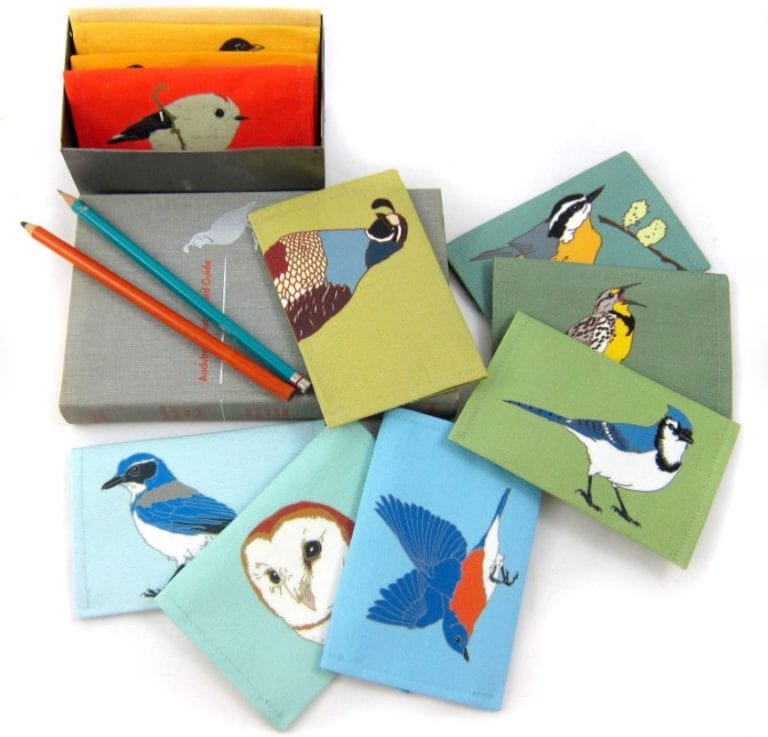
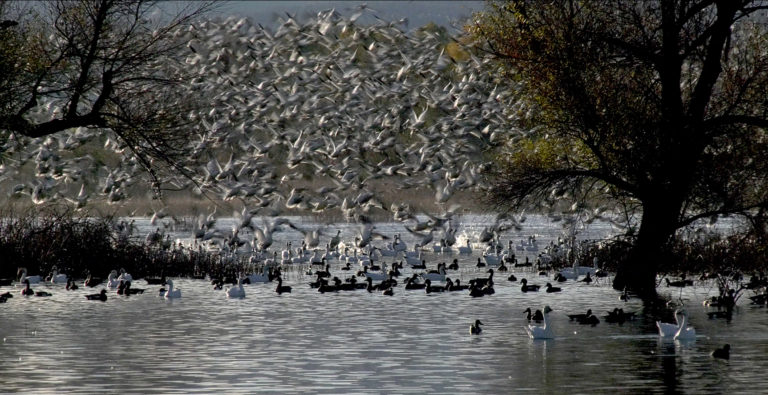

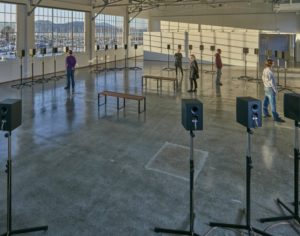
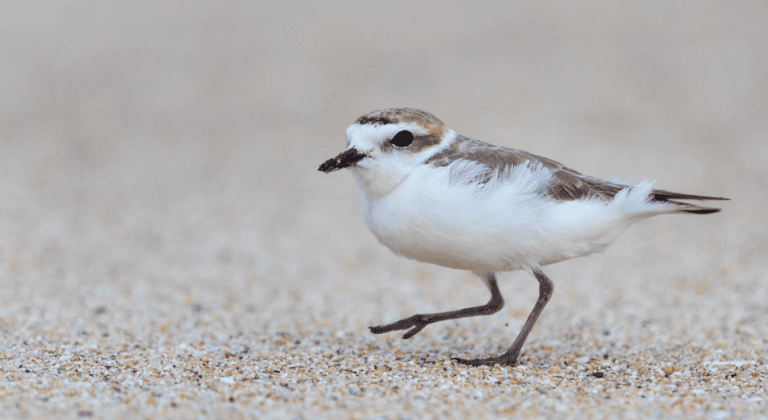
 Average snowy plover counts rose to a new high at Crissy Field this past winter. Monitors recorded about eight plovers per survey, roughly double the 2006-2019 average! Photo by NPS / Katie Smith
Average snowy plover counts rose to a new high at Crissy Field this past winter. Monitors recorded about eight plovers per survey, roughly double the 2006-2019 average! Photo by NPS / Katie Smith
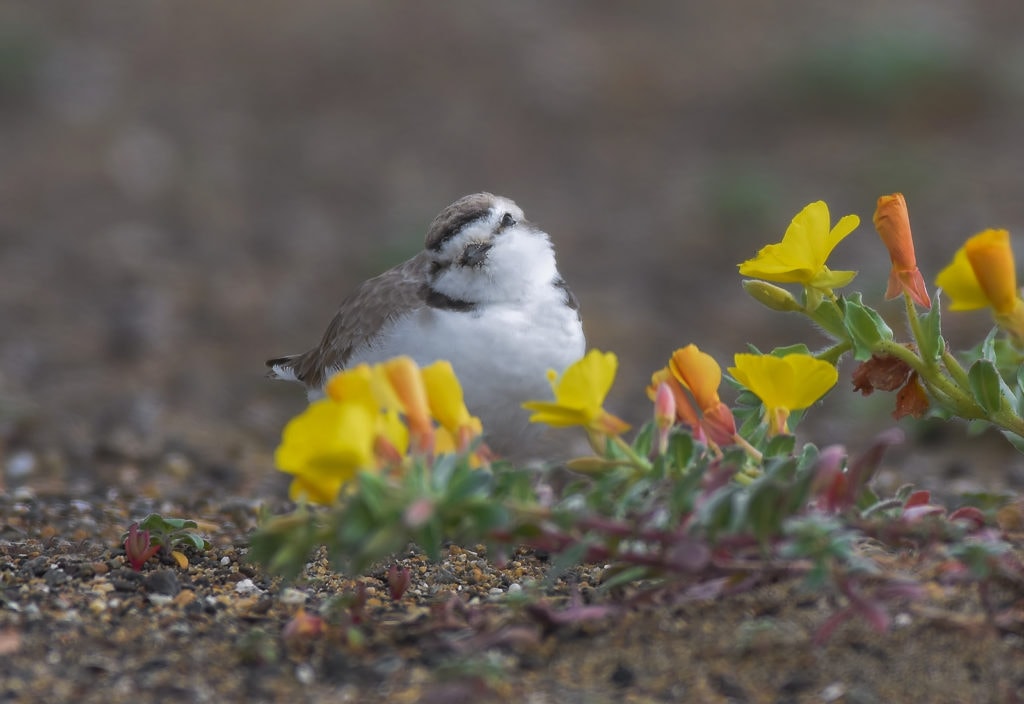 Snowy Plover by Jerry Ting
Snowy Plover by Jerry Ting
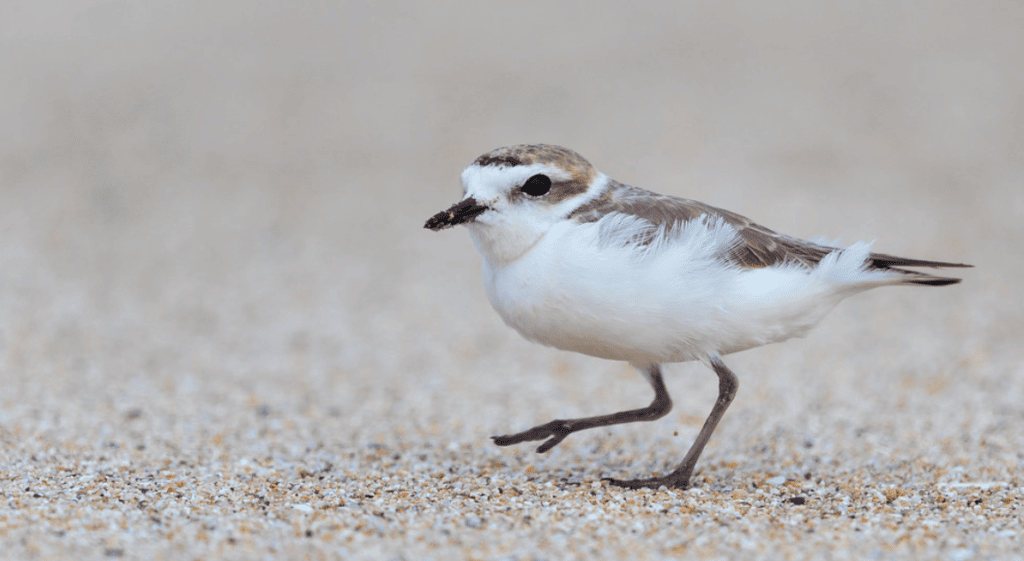 Snowy Plover by Eric SF
Snowy Plover by Eric SF
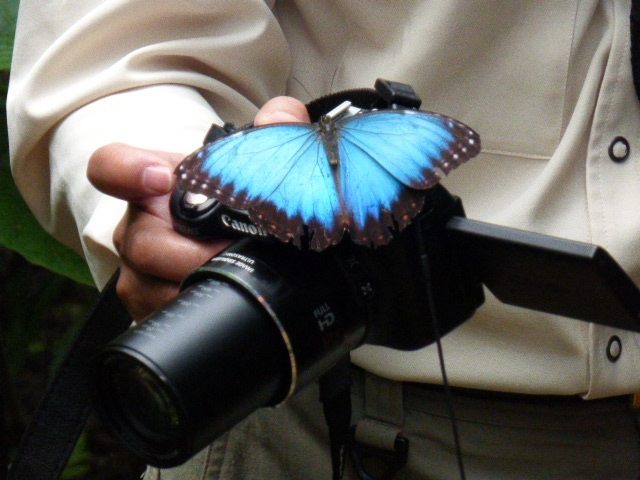
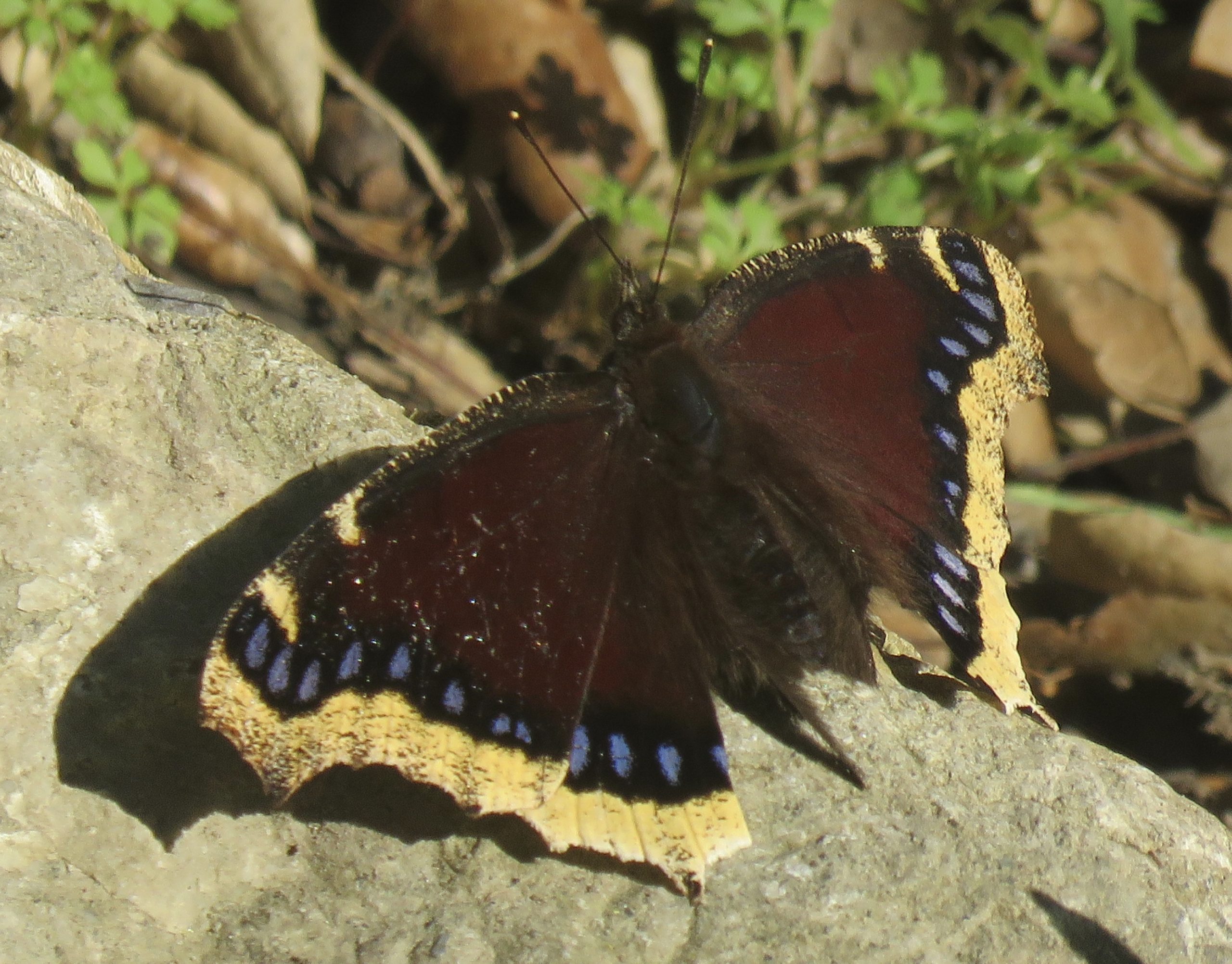 Mourning Cloak by Liam O’Brien
Mourning Cloak by Liam O’Brien


 Great Auk painting from Birds of America by John James Audubon
Great Auk painting from Birds of America by John James Audubon